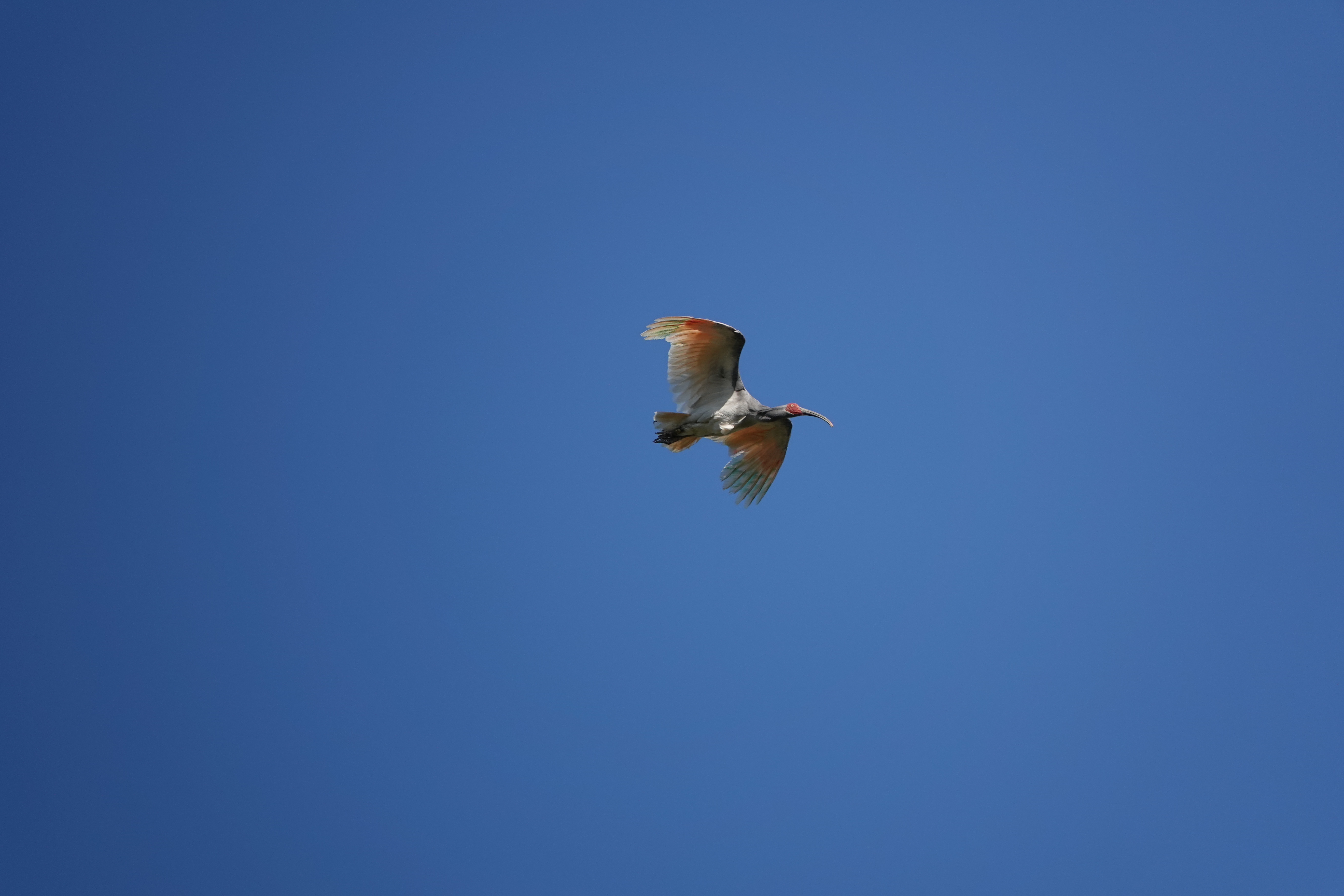On the 22nd of May 2020, Gyeongnam Ramsar Environment Foundation (GREF) based in Ro Korea held an Experts Group Meeting at Upo Wetland to introduce and discuss future plans for the restoration project area around Upo Wetland called Sanbakbeul.

©EAAFP
Upo Wetland [EAAF096], which became our Flyway Network Site in the year 2008, supports the local people who rely on fishing and agriculture for their livelihood on this natural riverine wetland. This Flyway Network Site covers 854 ha. It also plays a crucial role as a wintering, breeding, and stopover site for migratory waterbirds, such as the Oriental Stork (EN), Crested Ibis (EN), and Black-faced Spoonbill (EN).
However, over the past decades, a small area in the southwest of Upo (named as Sanbakbeul) was converted into paddy fields. The restoration project of Sanbakbeul, which has been planned and implemented since the year 2012, aims to rehabilitate this land and utilize it as an educational/ecotourism area to further promote the conservation of nature with the local people.

©EAAFP
To develop this restoration project, this meeting of experts was held to discuss the activities implemented in the past 8 years and further discuss future implementation plan. Experts and relevant authorities made a brief visit to Sanbakbeul to observe any potential problems at the site. This expert group included representatives from Changnyeong County Ecotourism Department, Changnyeong Upo Ibis Department, Department of Natural Environment of Nakdong River Basin Environmental Office, National Institute of Ecology Exhibition and Training Headquarters, National Institute of Ecology Wetland Center, Upo Ecological Training Center, East Asian Ocean Migratory Bird Journey Network, Busan National University, Upo Nature School, Environmental Disaster Research Institute, Gyeongsangam-do Ramsar Environmental Foundation and EAAFP Secretariat. After the site visit, the experts discussed issues and opportunities that they observed, and ways to implement the project plan as well as the roles of each relevant stakeholder.
During the discussion, the Secretariat emphasized that it will contribute to this project not only by providing technical expertise but also by acting as an information network, potentially linking other flyway areas with shared species and collaborating on ecotourism activities by sharing the experiences of different flyway sites.

©EAAFP
A few days after this meeting, on May 28th, Upo Ibis Restoration Center announced the release of the second batch of 40 Crested Ibis individuals from the center, deployed with a GPS and tag. The captive-bred Crested Ibis was first reintroduced to the wild in Upo Wetland in 2019, and the reintroduction of these birds highlighted the importance of the restoration project for conserving migratory waterbirds.

ⓒ Sojung Kang, EAAFP





